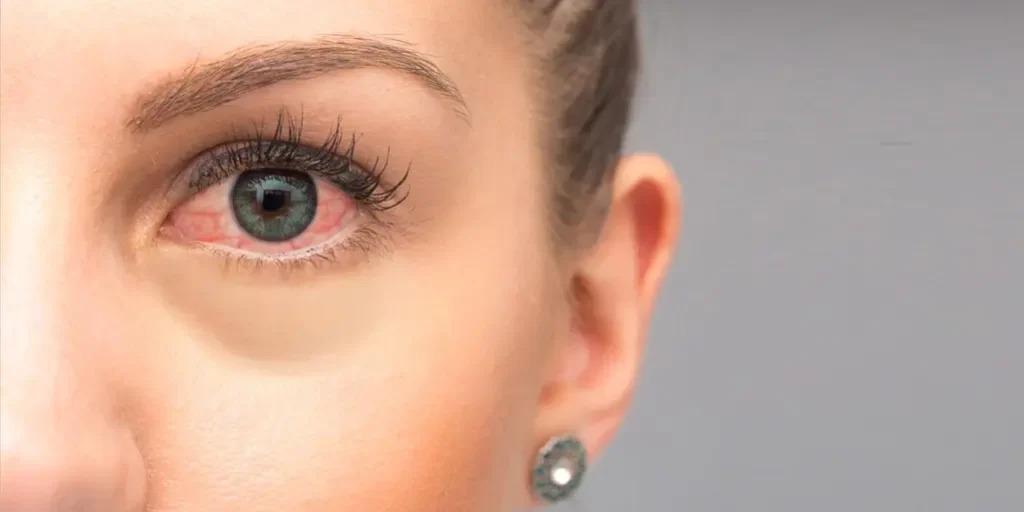Introduction
When it comes to preserving vision, a one-size-fits-all approach rarely works. Every eye is unique, and so are the conditions it may face—especially when patients are dealing with multiple eye issues simultaneously. In particular, managing both corneal ulcer treatment and hypertensive retinopathy treatment requires a thoughtful, personalized approach that considers the delicate balance between the eye's surface and its deeper structures. For patients struggling with pain, discomfort, and declining vision, the reassurance of a customized care plan can make a profound difference in their recovery journey.
Why Personalized Eye Care Matters
Patients with combined corneal and retinal conditions often face complex symptoms. The cornea may be inflamed, ulcerated, or infected, while the retina—especially in those with uncontrolled blood pressure—may show signs of hemorrhage, swelling, or vessel damage due to hypertensive retinopathy. Addressing these simultaneously isn’t just a clinical task—it’s a patient-centric process that demands coordination, compassion, and precision.
Personalized care in such cases ensures:
- Treatment is adapted to the stage and severity of each condition.
- Systemic health factors, like hypertension or diabetes, are considered.
- Medications or interventions for one condition don’t worsen the other.
Key Components of Personalized Eye Hospital Care
Leading eye hospitals prioritize a multi-disciplinary, individualized care model when patients have both corneal and retinal issues. This model ensures that both conditions are addressed without compromising the health of either part of the eye.
Comprehensive Eye Assessments
A tailored treatment plan begins with a complete understanding of the eye’s condition.
- Detailed slit-lamp examination for corneal ulcers.
- Fundus photography and OCT scans to evaluate retinal health.
- Blood pressure monitoring to assess systemic involvement.
- Tear film and corneal sensitivity tests to evaluate healing capacity.
These tests help specialists understand how the conditions interact and what risks may arise during treatment.
Collaborative Team Approach
Patients often benefit from a team that includes both cornea and retina specialists.
- Cornea specialists focus on eliminating infection, healing ulcers, and protecting the eye’s surface.
- Retina experts manage internal eye pressure, retinal bleeding, and vision-threatening complications.
- Coordination ensures that corneal ulcer treatment doesn’t interfere with hypertensive retinopathy treatment, and vice versa.
Customized Medication Protocols
Some eye drops and systemic medications can impact both corneal healing and retinal pressure.
- Topical antibiotics are carefully selected to treat ulcers without aggravating retinal inflammation.
- Steroid eye drops, if needed, are cautiously prescribed after considering intraocular pressure.
- Oral antihypertensives are monitored to avoid side effects that could affect corneal healing.
- Nutritional supplements may be recommended to support ocular surface and retinal recovery.
Integrated Follow-Up Plans
The journey doesn’t end with the first round of treatment. Regular reviews are essential.
- Follow-ups are scheduled based on ulcer healing speed and retinal status.
- Imaging is repeated to monitor resolution or progression.
- Blood pressure and systemic health are reviewed at each visit to prevent relapse.
- Adjustments to care plans are made depending on healing response and patient comfort.
Special Considerations in Corneal Ulcer and Retinopathy Cases
Treating both corneal and retinal problems in a single patient comes with unique challenges. Personalized care helps mitigate these with the following strategies:
- Eye drop schedules are spaced to prevent overload on the ocular surface.
- Light sensitivity is managed with protective eyewear and visual aids.
- Dry eye management is included to avoid delayed corneal healing.
- Patient education is a priority—patients are taught to recognize danger signs early.
For patients with hypertension-induced retinal damage, controlling blood pressure is as critical as protecting the corneal integrity. The dual approach not only preserves sight but also enhances overall well-being.
Benefits of Personalized Eye Care for Complex Cases
Here’s how personalized care truly transforms the experience and outcomes for patients with dual eye conditions:
- Faster healing of corneal ulcers with fewer complications.
- Stabilized or improved vision in hypertensive retinopathy.
- Reduced risk of long-term damage to eye tissues.
- Improved patient confidence through coordinated care and consistent support.
- Better systemic health due to monitoring of contributing factors like blood pressure and diabetes.
Each step of this journey is taken with empathy and expertise, ensuring patients feel heard, seen, and cared for.
Conclusion
Navigating both corneal ulcer treatment and hypertensive retinopathy treatment is no small feat, but with the right care, patients can reclaim their vision and quality of life. Super speciality eye hospitals play a vital role by offering tailored, multidisciplinary care that respects the unique challenges each patient brings. With state-of-the-art diagnostics, coordinated teams, and a deep commitment to personalized healing, Maxi Vision Eye Hospital stands out as a trusted name in comprehensive eye care—supporting patients not just with treatment, but with hope and clarity for the future.
